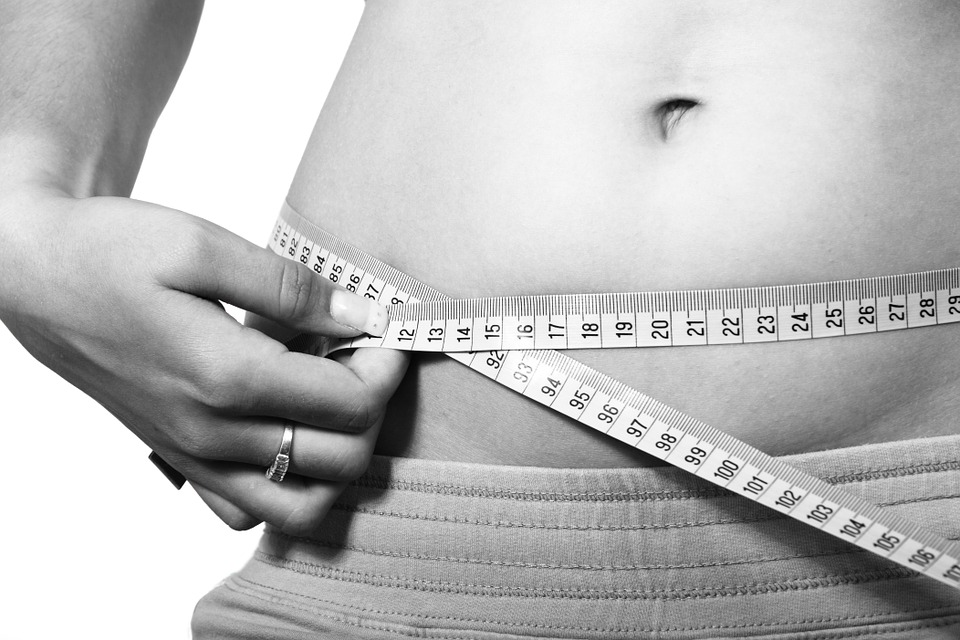Ongoing research shows significant cardiovascular benefits at 6,000 daily walking steps at any pace
Amanda Paluch is an assistant professor of kinesiology in the UMass Amherst School of Public Health and Health SciencesCREDIT John Solem/UMass Amherst
The evidence-based health benefits of walking continue to accumulate, according to ongoing research by a University of Massachusetts Amherst physical activity epidemiologist, who leads an international consortium known as the Steps for Health Collaborative.
Findings from the latest study led by Amanda Paluch, assistant professor of kinesiology in the School of Public Health and Health Sciences, show that older adults who walked between 6,000 and 9,000 steps per day had a 40-50% reduced risk of a cardiovascular event, such as a heart attack or stroke, compared to those who walked 2,000 steps per day.
“We found for adults over 60, there was a strikingly lower risk of a cardiovascular event or disease over an average follow-up of six years,” says Paluch, whose team’s research was published this week in the journal Circulation. “When accumulating more steps per day, there was a progressively lower risk.”
Earlier this year, research by Paluch and the Steps for Health Collaborative showed that more movement, even below the highly touted but unscientific “10,000 steps per day,” was associated with longevity benefits. The meta-analysis of 15 studies involving nearly 50,000 people from four continents found that walking between 6,000 and 8,000 steps per day was linked with a lower risk of death from all causes among older adults.
Following those findings, Paluch and team wanted to tackle the less-charted territory of steps per day and cardiovascular disease. The results were similar, in terms of the most beneficial range of steps.
While there appears to be a continual additional benefit for those who walk more than 6,000 steps, Paluch says, encouraging the least-active older adults to take more steps is perhaps the most important public health message.
“The people who are the least active have the most to gain,” she says. “For those who are at 2,000 or 3,000 steps a day, doing a little bit more can mean a lot for their heart health. If you’re at 6,000 steps, getting to 7,000 and then to 8,000 also is beneficial, it’s just a smaller, incremental improvement.”
The meta-analysis of eight studies involved more than 20,000 people from the U.S. and 42 other countries. For younger adults, no link between steps per day and cardiovascular risk was detected.
“This is because cardiovascular disease is a disease of aging and often doesn’t come to fruition until we’re at older ages,” says Paluch, whose project was supported by the Centers for Disease Control and Prevention (CDC). “You’re not going to see many people develop cardiovascular disease after six years of follow-up in young to middle adulthood.”
Future research involving younger adults and steps per day would focus on the precursors of cardiovascular disease, including high blood pressure, obesity and type 2 diabetes. “Those conditions develop in younger adults and are important for early prevention,” Paluch says.
Four of the eight studies the researchers analyzed included data about walking intensity, or how fast the steps were taken. “We’re interpreting these results with caution, but we did not find any striking association with walking intensity,” she says. “There was no additional benefit with how fast you’re walking, beyond the total number of steps that you accumulated.”
Paluch is among the researchers working to build a firm evidence base to guide public health recommendations for simple, accessible physical activity, such as walking.

